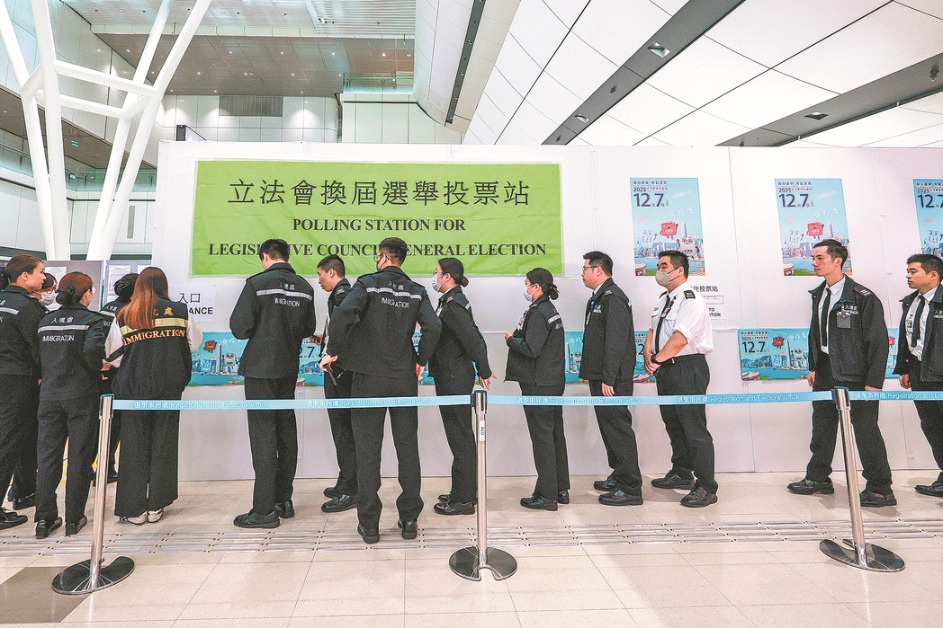Cultural treasures back home
By Bo Leung in London | chinadaily.com.cn | Updated: 2020-11-19 05:01
Returned Chinese objects show progress but more 'still has to be done'
Smuggled Chinese cultural objects, some dating back to the Tang Dynasty (618-907) and Yuan Dynasty (1271-1368), have been returned to China from the United Kingdom following years of cooperation from the two nations.
A total of 68 recovered Chinese relics, which include works of art such as porcelains, pottery and bronzes dating from the Spring and Autumn Period (770 - 476BC) to the Qing Dynasty (1644-1911), returned to their homeland in October, according to China's National Cultural Heritage Administration, or NCHA.
"The recovered 68 smuggled cultural relics lost in the UK have reached an ideal end due to the Chinese government's efforts in transnational cultural relic repatriation over the past 25 years. This is a significant landmark for the spirit of international conventions," said Guan Qiang, deputy director of the NCHA.
During the handover ceremony for the objects in October, China's ambassador to the UK Liu Xiaoming gave his thanks to the UK government and Metropolitan Police for their support.
"China and the UK have engaged in sound cooperation in the protection and preservation of cultural objects and archaeology. By taking care of cultural objects, we are contributing to the long-term, greater good of both our countries," Liu said.
He said the repatriation is an example of China-UK cooperating in cracking down on the smuggling of cultural artifacts.
The ambassador noted that the return of the objects after more than 20 years offers "valuable experience in diplomatic, police and judicial collaboration against the smuggling of cultural objects. It is also a contribution of China-UK wisdom and solution to international cooperation on repatriation of lost cultural objects".
He concluded that despite the challenges brought on by the novel coronavirus pandemic, the two sides had overcome various difficulties to ensure the handover took place.
"Such hard-won achievements will go a long way towards enhancing the mutual understanding and friendship between our peoples, and cultural exchange and mutual learning between our two countries," he said. "They will also inject positive energy into the steady and sustained development of China-UK relationship."
Emiline Smith, a lecturer in art crime and criminology at the University of Glasgow, said: "China has taken great steps in the past few years to tighten their national protective framework for cultural heritage, while also actively facilitating repatriation of foreign-held objects.
"Their recently-launched online database and other campaigns to raise public awareness will hopefully augment these efforts even further. International collaboration is hereby essential, as this successful repatriation case has proven," Smith added.
"Many illicitly-obtained objects remain in public and private collections in the UK, and although awareness around the ethics of public and private collections is increasing, much work still has to be done to return looted objects to their rightful owners."
According to the NCHA, the stolen relics were discovered in the UK in 1995 during an investigation into an international crime ring.
The objects were seized by British authorities for 25 years when the buyer of these relics refused to participate in negotiations for their return.
In January, London's Metropolitan Police contacted the Chinese Embassy and offered the return of the relics since the whereabouts of the buyer were unknown and the deadline for prosecution had passed, showing an intention to transfer ownership back to China.
Hugo Ridley, an international strategy policy advisor at the Department for Digital, Culture, Media and Sport, said: "Tackling the illicit trade in cultural objects requires strong international cooperation and collaboration and constant vigilance by our law enforcement agencies, and I congratulate the Metropolitan Police Service on their effective action in this case, as well as their wider work that they do on a daily basis to ensure that the United Kingdom retains a strong reputation in protecting the cultural heritage of all nations."
Ridley added he hopes the people of China will welcome the return of the relics and cooperation between the two sides will continue to grow across culture, heritage and the arts.
Anne Gerritsen, professor of Chinese history at the University of Warwick, and chair of Asian Art, Leiden University, said the return of the relics is an "important moment."
Gerristen said such collections in museums outside China hold significant importance in educating audiences on China's material heritage, but "the key is of course the way in which this specific set of objects arrived in the UK.
"If they were acquired in ways that we now consider illegal or illegitimate, for example by means of theft or under duress, then of course this creates a very different situation," Gerritsen explained.
"It seems clear that these objects were acquired under unacceptable conditions, and thus their return now is very gratifying."
























